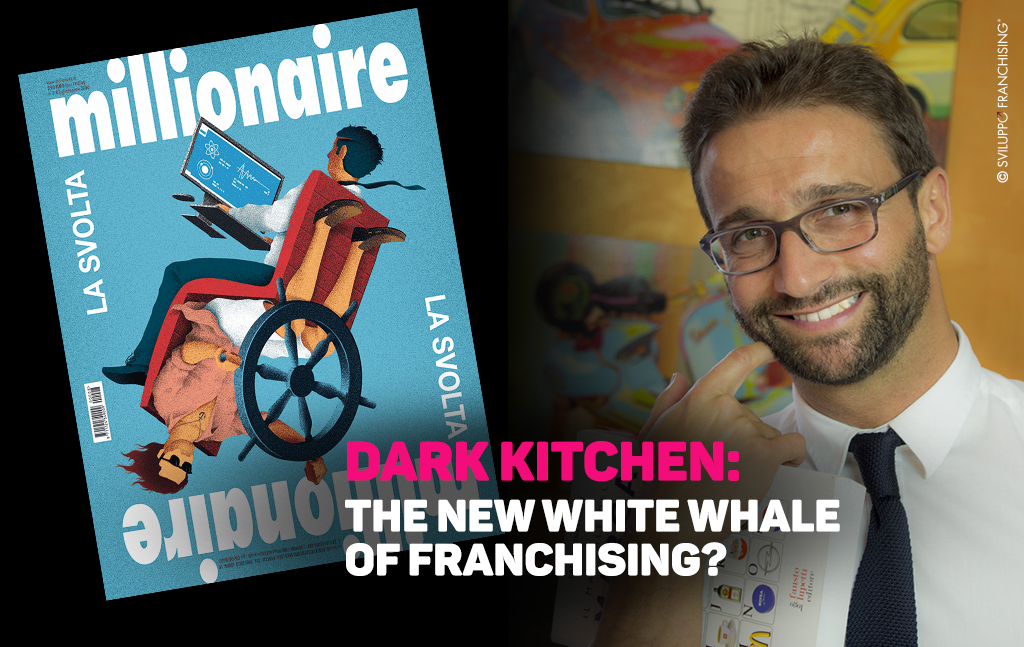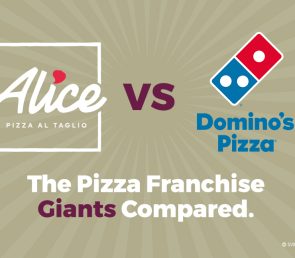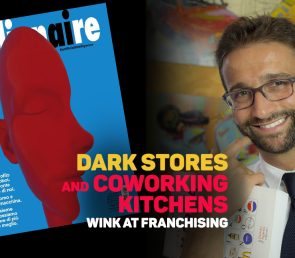
Dark Kitchen: The New White Dwarf of Franchising or Just a Good Food Idea for Going Solo?
The philosopher Heraclitus once said, “Nothing is permanent except the need for change,” and never have we experienced this more than in the current times. The health emergency, the virus containment policies that have gone through lockdowns, and the realization that our system has shown fragility in certain areas have led to and are leading to various changes, especially in the restaurant industry.
Some estimate that around 50,000 businesses will close in the coming months. We hope not, but if it does happen, it will create a void in the “supply” on the territory, but on the other hand, the “demand” will not decrease proportionally, remaining essentially the same. In other words, there will be less competition but the same number of potential customers. The challenge lies in intercepting this demand, serving it, and quickly building loyalty.
Among the noteworthy ideas in the food sector is certainly the dark kitchen: not an absolute answer, but certainly effective in the new scenario.
Dark kitchens have been talked about for two years now in the United States with brands like DoorDash and Blue Apron, and in Europe with Uber Eats (also present in Italy, but involved in scandals regarding human resources management). In these cases, we’re talking about “giants” of delivery who have also opened kitchens directly, offering a generalist menu.
Today, the dark kitchen can fully enter the ranks of autonomous and vertical food formats. Opening a “hidden kitchen” for sushi or poke, Mexican cuisine or hamburgers, pizzerias or traditional cuisine is no longer so strange. But for those who wish to go solo by starting from scratch, what does it actually mean to create a dark kitchen?
Here are some key aspects of the format:
1. Define the strategic positioning
The starting point for any business project is awareness of one’s “reason why,” or the reason why someone should prefer you. The commercial strategy of the model begins with the study of local trends and global consumption trends and ends with the creation of the logo, which must be able to communicate values and commercial promises.
2. Never deviate from certain performance indicators
These indicators are not very different from those of a traditional restaurant business, except that in the case of rent costs, we should find ourselves in a much more favorable condition, as fewer square meters are required and less prestigious locations are needed. The “crucial” indicator to keep in mind is the impact of delivery, knowing that today the trend is to leave about 30% of the total bill. Another indicator is related to food costs: it should be kept within 25%. The profitability of the model can be guaranteed by respecting certain rationalities even on indirect costs.
3. Aim for your own riders
Trying to become independent from external delivery services is certainly a good idea, but it’s not an easy task. One must understand when the right time is to do so. Firstly, large delivery companies have strong visibility with users and therefore guarantee a certain type of coverage. However, internalizing the service with your own app and riders can significantly increase the operating margin.
4. Create an intelligent menu
The menu for a dark kitchen must be studied precisely, clearly, and practically. It must be remembered that the menu will be viewed online, so it is not convenient to make it too complex and long. It should also be designed according to the layout of the apps, and the presentation of the dishes should convince rather than discourage. Also, pay attention to groupings. To facilitate reading, it’s better to always divide the various categories and subcategories (so white pizzas, red pizzas, new ones, unusual ones, etc.).
5. Standardize processes
Standardization prevents slowdowns and waste in processing lines, understanding exactly what the necessary workforce is for the activity. Standardizing means being more efficient. The most serious mistake, but not only for the Dark Kitchen, is working manually.
6. Focus on social media marketing
Since there is no physical location for in-store communication, digital is the only way to convey messages. First of all, it is advisable to rely on a professional or an agency unless there is a social media marketing or digital marketing expert in the founding team. The steps to keep in mind for effective social communication can be summarized as an editorial plan, choosing the channels to use, creating high-quality graphics, videos, and photos to increase the appetizing appeal and “like-catching” on Instagram, finally, budgeting for advertising (essential but indispensable).
7. Invest in packaging
Considering that, without a physical location, creating a store concept is not important, it is crucial to design the visual communication on the packaging that contains the delivered food. The packaging must be of high quality, with a strong identity so that it is recognizable everywhere, in hand, on a bike, and even in the trash (think about coloring the pizza box, for example, with the distinctive color of the brand and not a neutral color). One precaution: insert a copy of the menu inside so that it can be kept by the customer and promote brand recall when they are at home.
Is this type of format replicable? Compatible with a franchising development plan? Without a doubt, yes, indeed. Opening a kitchen is certainly less expensive than opening a restaurant. The accessibility of the investment makes the dark kitchen a perfect self-employment solution, but also suitable for those aiming for high turnovers. The complexity of the model is also reduced by the absence of public spaces, fewer staff to manage, less furniture needed (and less creative effort for its arrangement). A set of fewer risks to worry about. As the famous American psychologist William James said, “For all important changes, we must take a leap into the dark”… but it’s better if in this darkness, we see the strong glow of a white dwarf.





